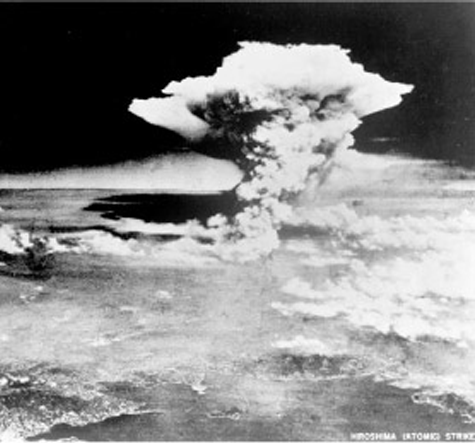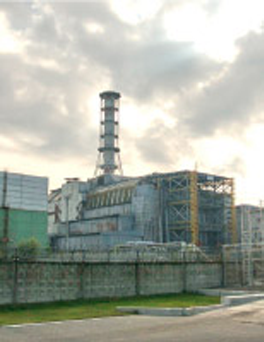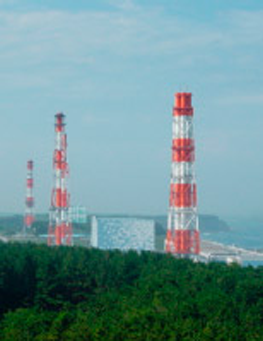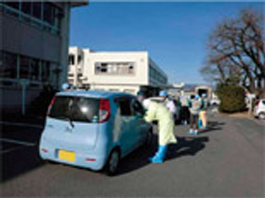Are the radiation from the atomic bomb explosion and from nuclear accident the same?

In Hiroshima,
radiation and the tremendous energy
of nuclear explosion
caused huge damage.

The atomic bomb used in Hiroshima was designed to damage people and buildings by the energy generated through instant nuclear fission. It triggered a massive explosion, and the blast, heat, radiation, and high-temperature fires took many lives.
The biggest difference from conventional bombs is the emission of radiation, which severely affected people’s health. By the end of December 1945, approximately 140,000 people had succumbed to injuries and radiation effects.
There were other nuclear accidents in past. For example, the Chernobyl Nuclear Power Plant accident devastated the people's lives in the surrounding areas.

▲Power generation facility at Chernobyl Nuclear Power Plant (2007)
Photo:
Wikimedia Commons
The most serious nuclear plant disaster before Fukushima was the accident at Chernobyl Nuclear Power Plant in the then Soviet Union (now Ukraine) in 1986. The surrounding areas were polluted with highly concentrated radioactive materials and people are unable to live those areas even to this day. About 200kg of radioactive materials from 3600kg of nuclear fuels (calculated in terms of uranium)* are said to have been released in the air by the accident.
*Calculation in terms of uranium-235
Radioactive materials estimated at 10% of Chernobyl were released from Fukushima Daiichi Nuclear Power Plant within one month of the accident.
(From an announcement by the Ministry of Economy, Trade and Industry on 12th April, 2011)
What happened at Fukushima Nuclear Power Plant was a "hydrogen explosion". The blast destroyed the building, and radioactive materials escaped from the site.

▲Fukushima Daiichi Nuclear Power Plant of Tokyo Electric Power Company before the Disaster
Photo:
Wikimedia Commons
Nuclear power plants use nuclear fission energy to generate electricity. Normally, the radioactive materials from nuclear fission are securely locked up, but at Tokyo Electric Power Company’s Fukushima Daiichi Nuclear Power Plant, a massive earthquake and tsunami tore down the cooling system. Hydrogen was produced, which then exploded. Although the nuclear fuels themselves were safe from explosion, the blast damaged the building, and radioactive materials that should be kept inside the reactor in a normal situation flew away to contaminate air, water, and soil.
Lack of knowledge of the long-term effects of radioactive materials increases the fear.
Correct knowledge and information are essential.

▲Hiroshima University Emergency Exposure Medical Care Delegate Team checking the radiation dose of Tokyo Electric Power Company staffs and their vehicle
Photo:
Hiroshima University
After the nuclear disaster in Fukushima, no surrounding area has been observed with the level of radiation that can instantaneously harm human health. However, the lack of sufficient data on human damage through long-term exposure to small amounts of radiation is causing experts to disagree with each other, and residents are increasingly worried about the situation. In the case of Hiroshima, the accurate amount of released radiation or precise distance and direction they traveled are still under survey. We need a long-term survey to give accurate information to the future.

